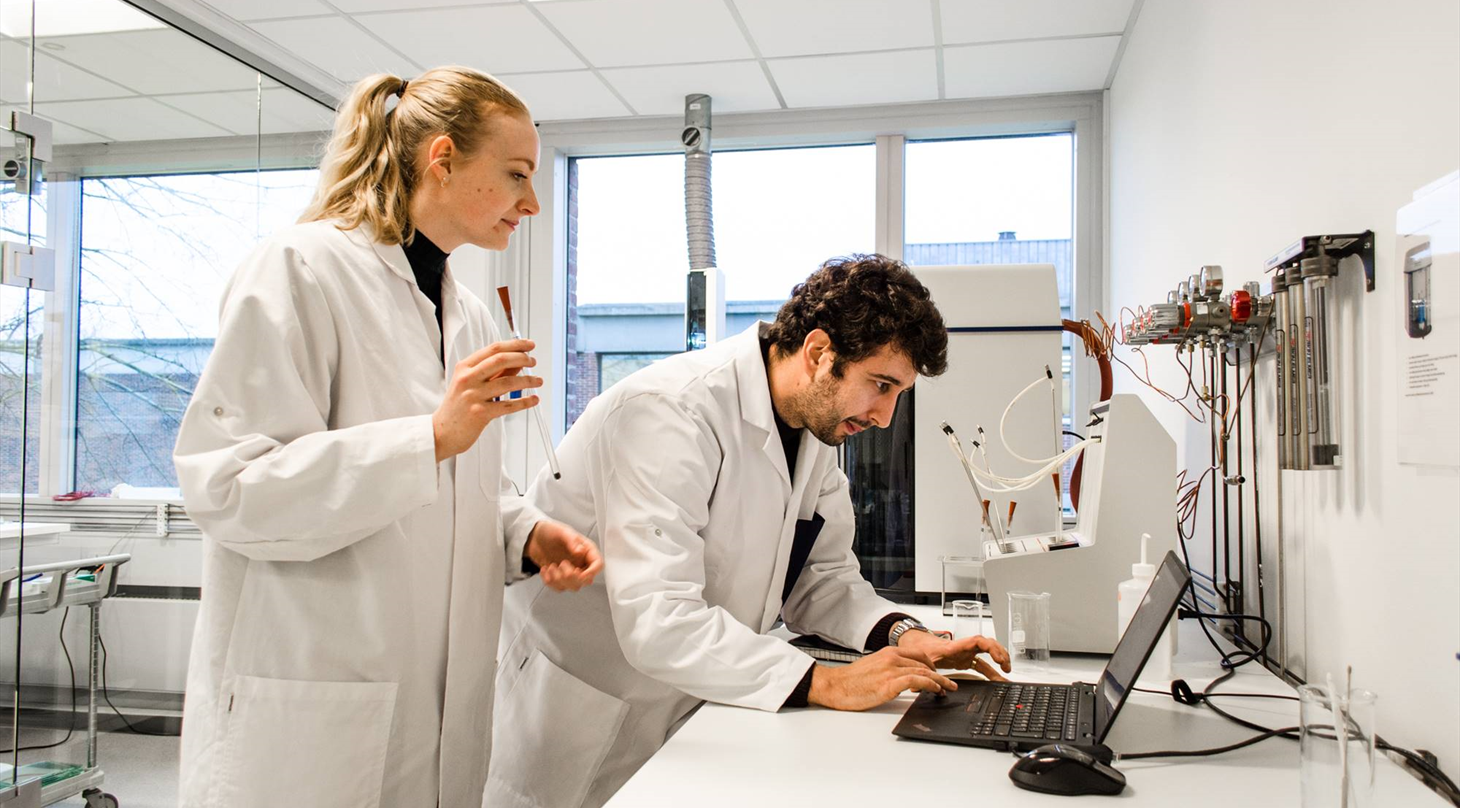
Temperature-Programmed Chemisorption Analysis
Would you like to know the chemical and surface properties of your material when exposed to a gas or vapor?
Chemisorption means chemical adsorption in which a substance is chemically bond to a metal surface. Adsorption will often be an effective method for up-concentrating valuable substances or removing unwanted substances. For example, adsorption is used to recover organic vapors from exhaust fumes, decolorization of edible oils and filtration in gas masks. Adsorption is also an important subprocess in heterogeneous catalysis, which is a prerequisite for a significant part of the chemical industry.
Temperature-programmed chemisorption (TPR, TPO, TPD)
Temperature-programmed chemisorption provides information about the adsorption strength under an elevated temperature, also known as temperature-programmed reduction (TPR), temperature-programmed oxidation (TPO) or temperature-programmed desorption (TPD). TPR determines the number of reducible species present in the materials and reveals the temperature at which the reduction occurs. TPO examines the extent to which the material can be re-oxidized and measures the degree of reduction of certain oxides. TPD determine the number, type and strength of the active sites available on the material surface by measuring the amount of gas desorbed at various temperatures.
The analysis we can perform:
- Analysis of the chemical adsorption on metallic species in a material for different gases under dynamic or static conditions
- Analysis of the reducibility of the material to a reducing gas molecule (e.g. hydrogen)
- Analysis of the bonding strength of a molecule to a specific site and scan heterogeneity of metal sites
- Identify the surface acidity
- Study the material stability through its ability to perform oxidation/reduction cycles
- Identify the metallic surface area, density, and particle size of a material (e.g., for metal particles on a surface area)
Requirements to the material
Our instrument can analyze both powders and solids forms. An example of a solid form could be subject coated with a material or compress materials in the shape of a sphere or pill.
Combined analysis methods produce the best results:
At Nano Production and Micro Analysis at the Danish Technological Institute, we can combine results from several different state-of-the-art analytical instruments and hereby offer you a design of analyzes that are tailored to the exact conditions of your material, with a short delivery time.
Our analysis Instruments:
- Laser Diffraction (LD) for measuring particle sizes and distributions (0.02-3000 µm)
- Dynamic Light Scattering (DLS) for measuring particle sizes and distributions (0.3-10.000 nm)
- Zeta potential for measuring the stability of the dispersion
- Rotational rheometer for viscosity, rheology and viscoelasticity measurements
- Physical sorption (BET) for surface area and porosity measurements
- Mercury porosimetry for porosity measurements
- Electrochemical characterization